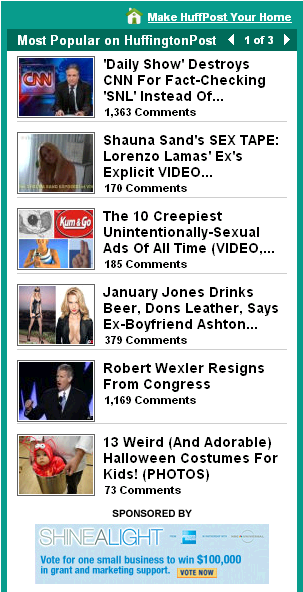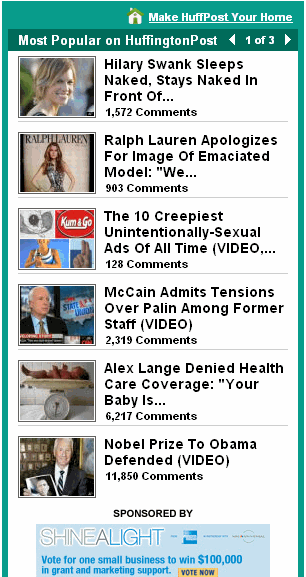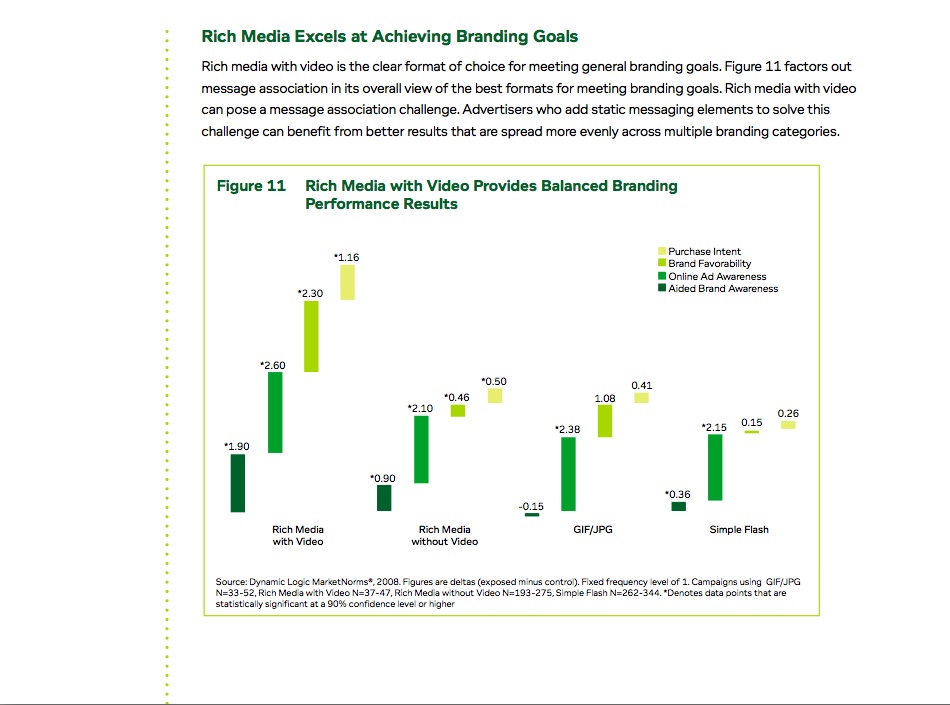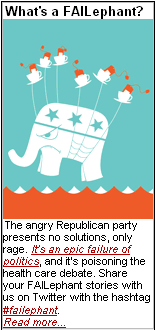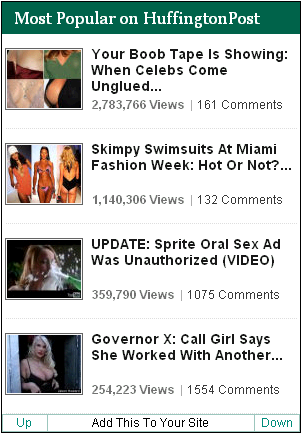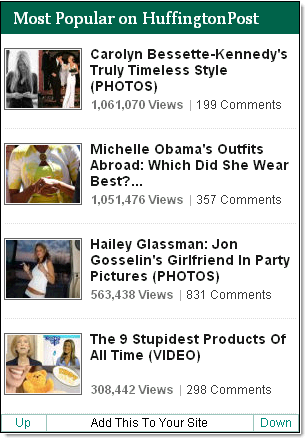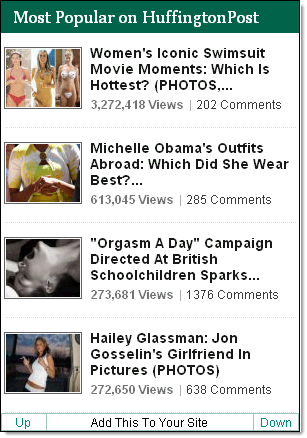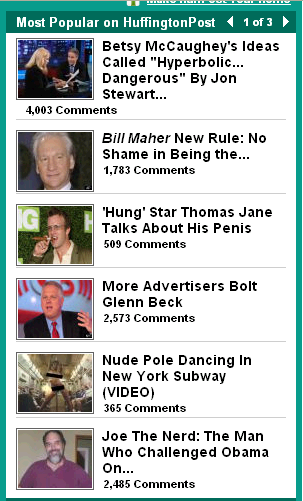A new survey seems to undermine reports of Twitter’s impact on movies by looking at the decision-making of individual users. Unfortunately, focusing on individual relationships, the analysis doesn’t take into account the structure of the network that actually generates the stimuli that individuals receive. First, the survey:
“Our research found a significant overestimation of the Twitter Effect,” Kevin Goetz, the president of OTX’s worldwide motion picture group, told me. “The number of people who use Twitter are only about 10% to 12% of all moviegoers. And when we asked people what was the most influential source of moviegoing word of mouth, Twitter finished last, at the bottom of the list.”
OTX did an online survey of nearly 1,500 moviegoers in mid- September, the bulk of the sample being moviegoers from age 13 to 49, the key moviegoing demographic group. When asked what was the most influential source for word of mouth, most respondents picked “family and friends and coworkers,” which scored 40%, followed by Facebook (31%), MySpace (9%), IMDB (8%), with Twitter and online message boards bringing up the rear with 6% each.
“The data suggests that all the media play for the Twitter Effect is really jumping the gun,” says Vinnie Bruzzese, the exec VP of OTX’s motion picture group. “It has an impact, but it’s coming much later on, not as initial reaction. There may be people with a lot of followers on Twitter, but the most influential people in terms of word of mouth are still the people you’re talking to every day — your friends and co-workers.”
But the science of networks dictates that the etiology of infection/influence for individual final users/consumers isn’t as important as the influence on the people in the center of the network, the hub.
As the great new book “Connected” explains, most natural human networks aren’t shaped like this:
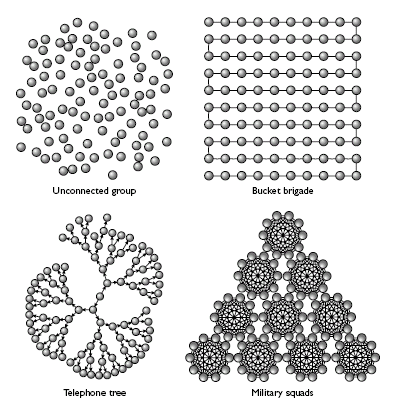
But this:
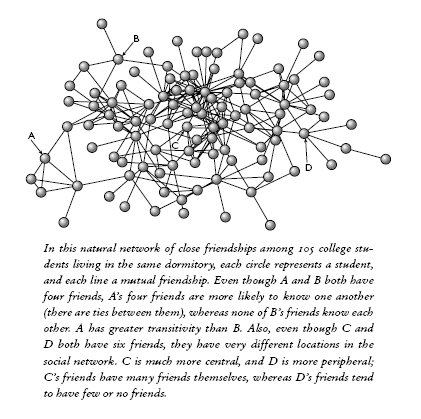
In short, all nodes (aka consumers) are not created equally. As the caption notes, “even though C and D both have six friends, they have very different locations in the social network. C is much more central, and D is more peripheral; C’s friends have many friends themselves, whereas D’s friends tend to have few or no friends.”
Twitter users are, by definition, like person C in this graph — they’re hyper-communicators who are highly networked both online and off.




